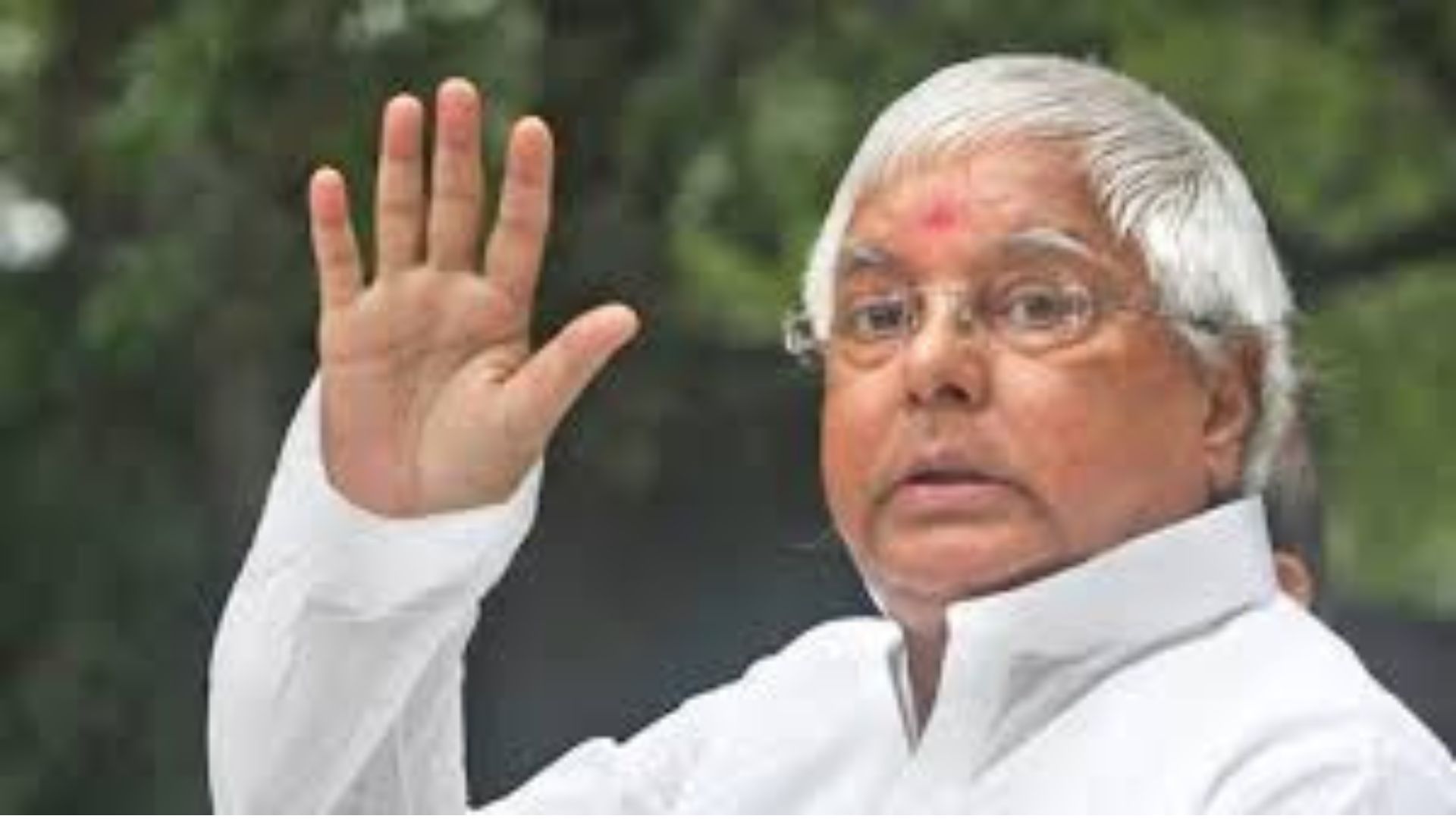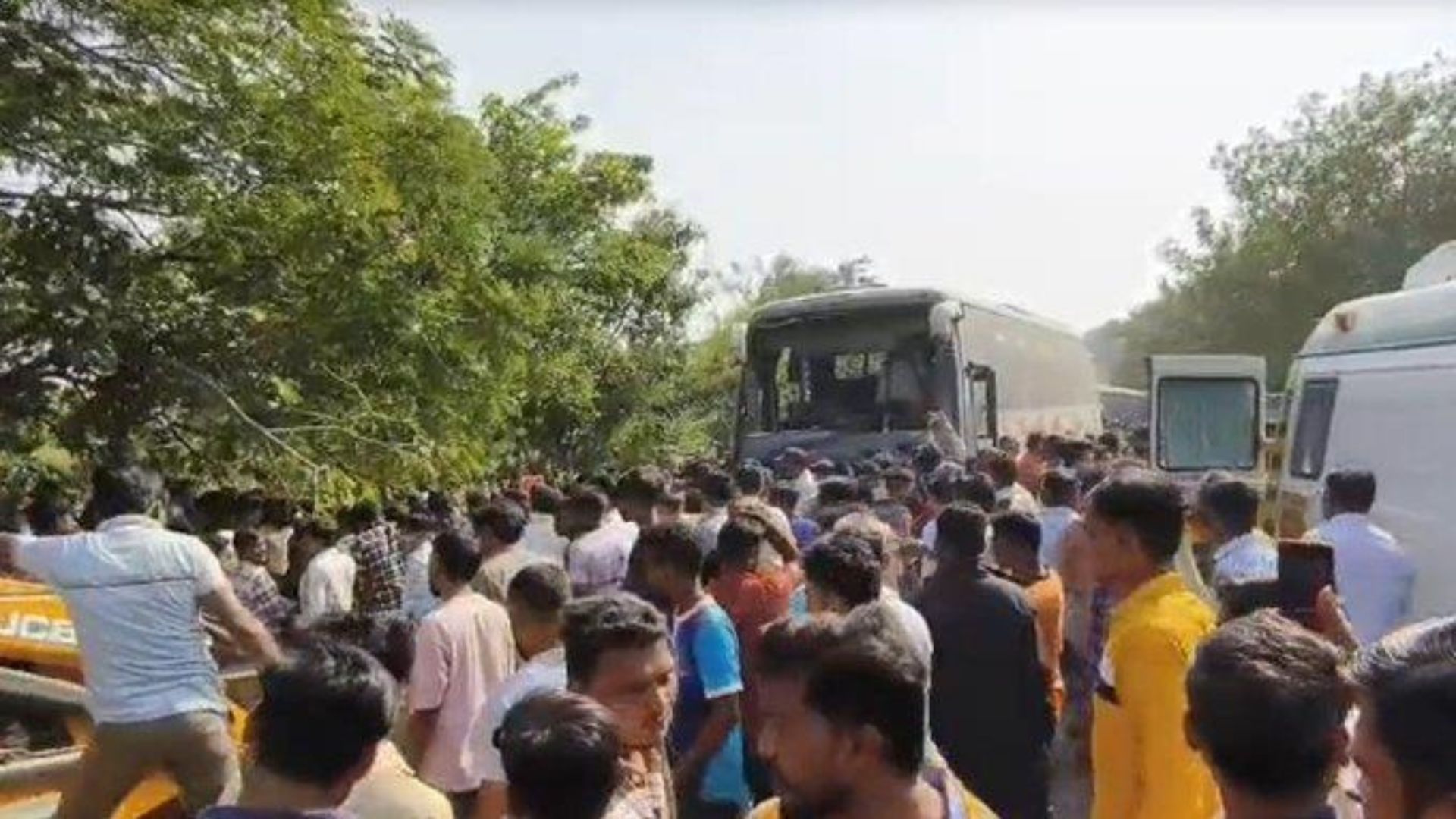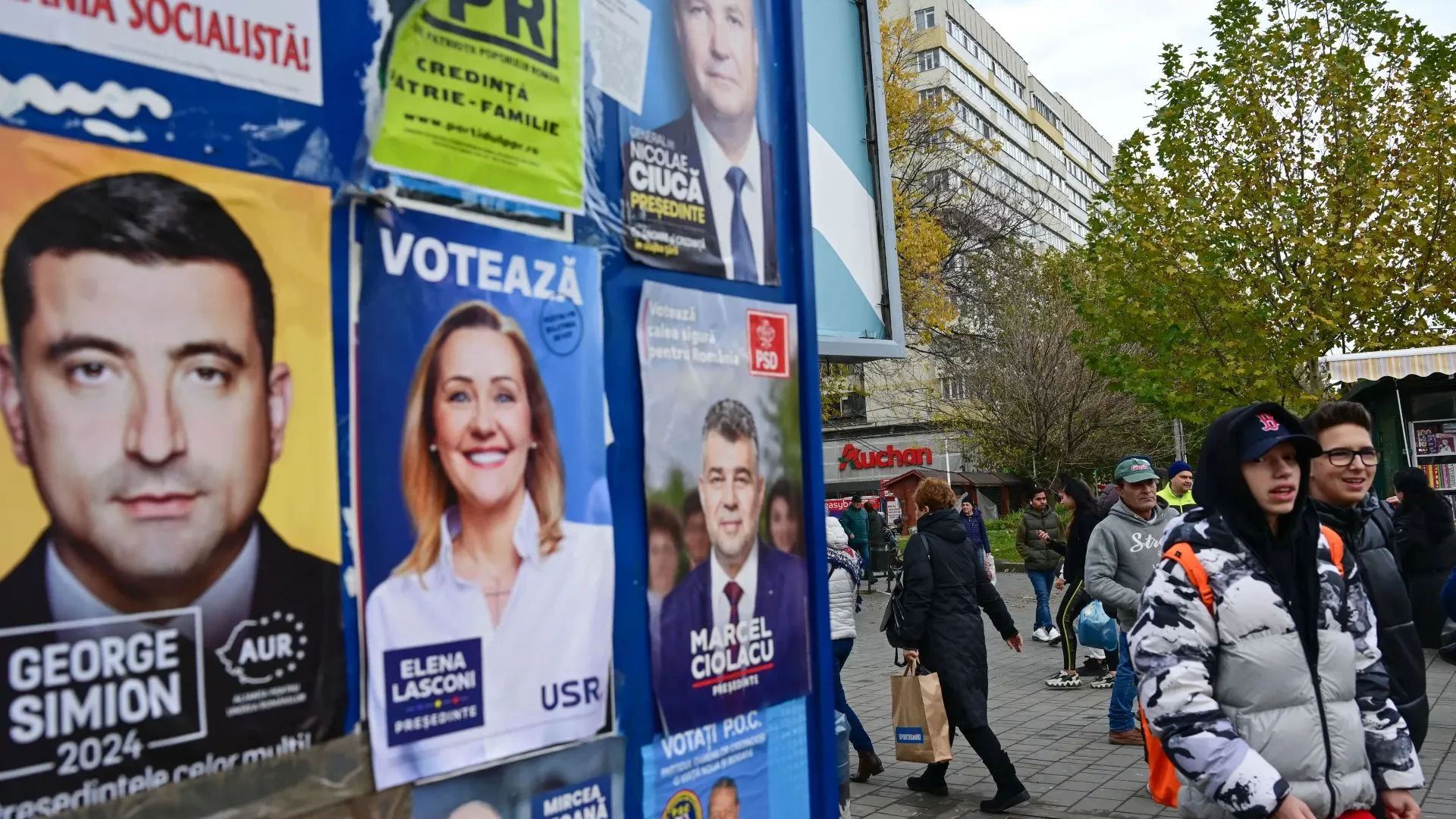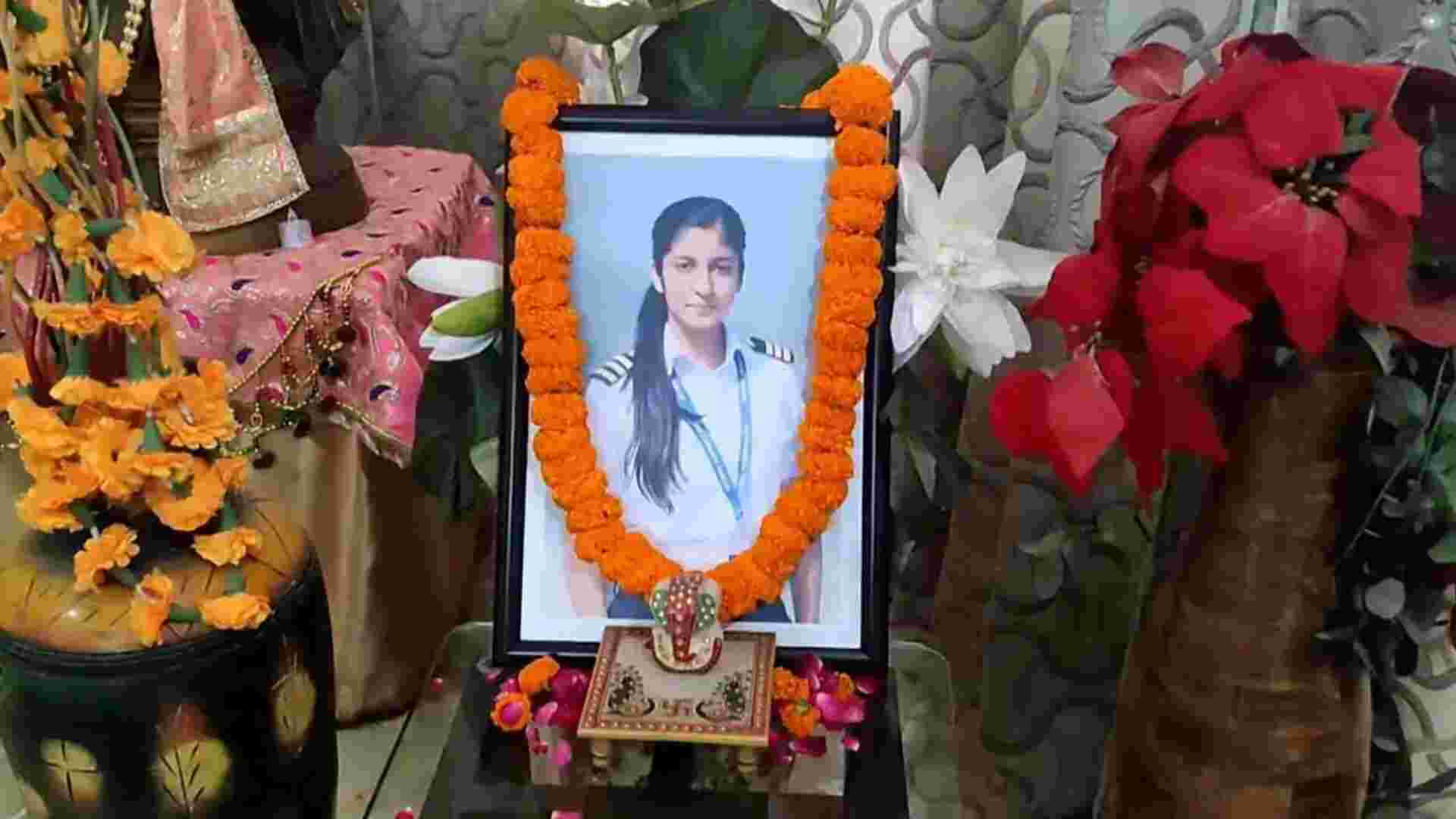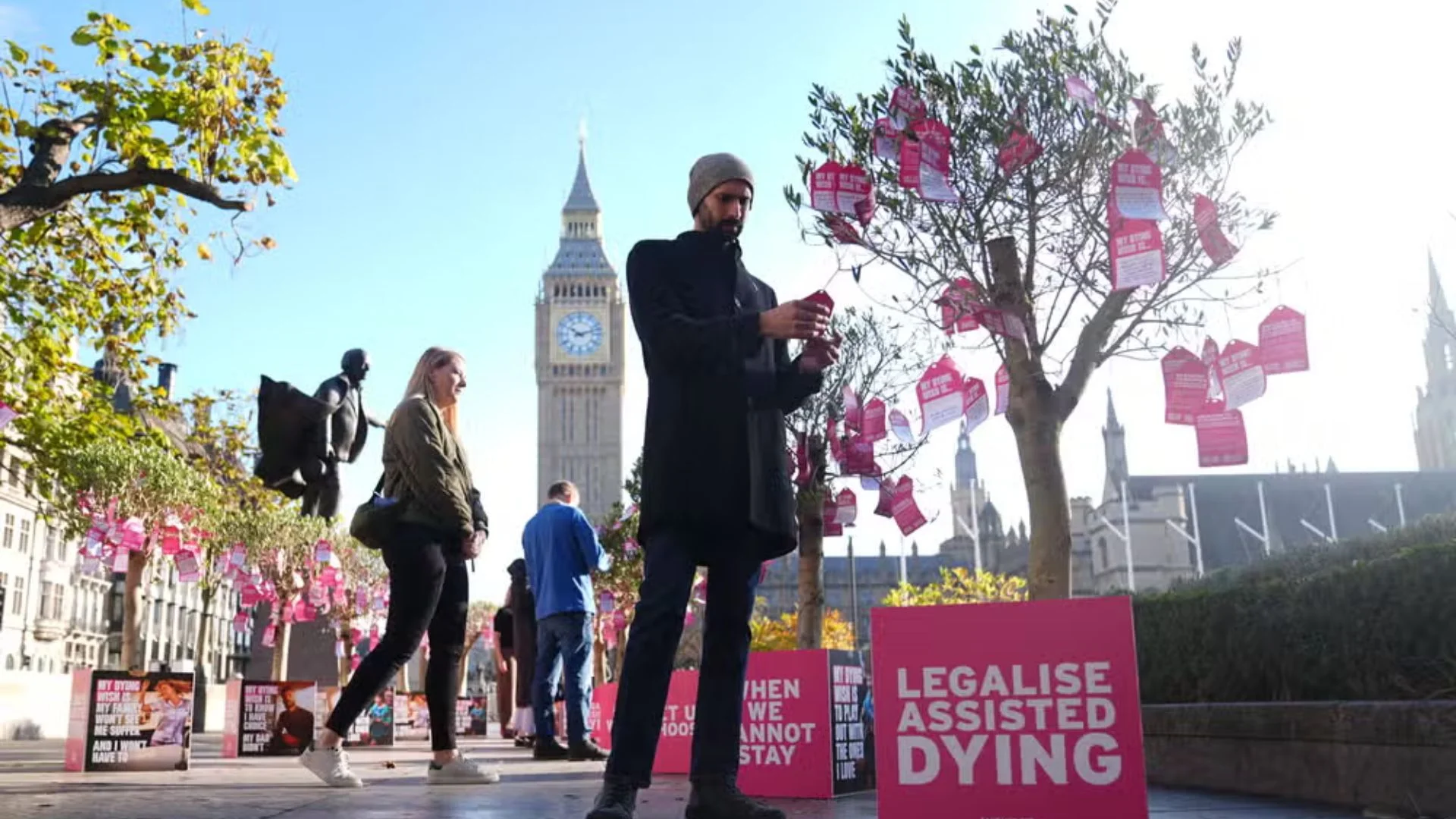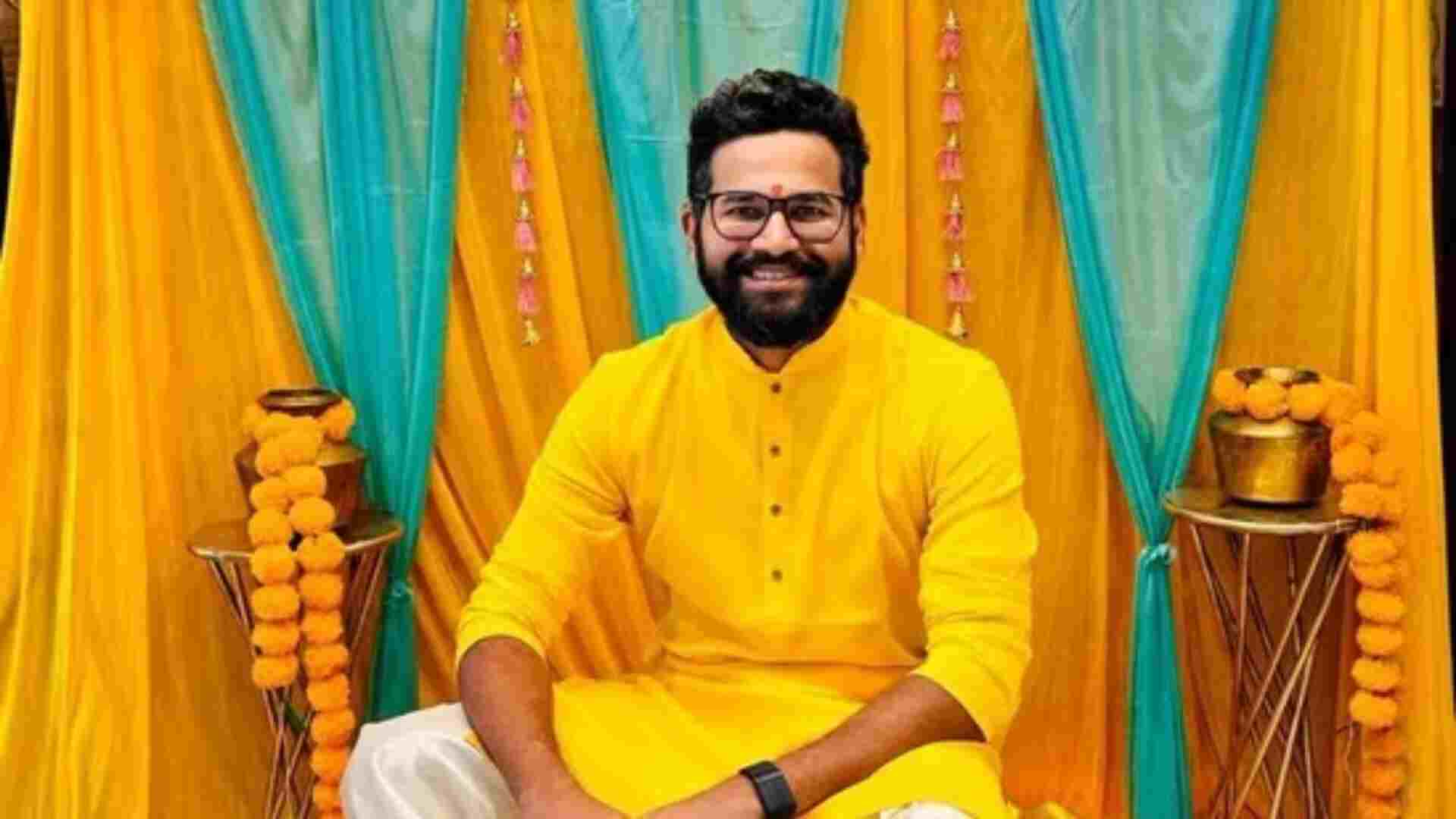
Ireland heads to the polls on Friday, with voters set to decide between the incumbent centre-right coalition or a potential left-leaning rainbow coalition led by Sinn Féin, a party once linked to the IRA but now a significant political force.
Opinion polls show a dead heat, with Fine Gael, led by Taoiseach Simon Harris, Fianna Fáil, headed by former PM Micheál Martin, and Sinn Féin all polling around 20% of the vote. The election campaign, which has spanned just three weeks, has largely focused on housing, the cost of living, and, to a lesser extent, immigration, with little to distinguish the competing parties’ platforms.
Fine Gael has warned that a Sinn Féin-led government could put Ireland’s economy at risk, especially in light of potential trade tensions with the US under a second term for President Donald Trump. Trump’s threats of tariffs on EU exports and promises to bring jobs back to the US are seen as major economic challenges for Ireland.
Fianna Fáil’s Micheál Martin has pushed for economic stability while also prioritizing housing and social support, positioning himself as a steady hand in uncertain times.
With 88 seats required for a majority in the Dáil, no party is expected to secure more than 38 seats in the upcoming election. As a result, coalition talks are likely to follow. Fianna Fáil and Fine Gael have ruled out working with Sinn Féin, hoping to keep the party out of power for another five years.
Sinn Féin leader Mary Lou McDonald, buoyed by a surge in confidence, has signaled for the first time that she is open to forming a left-wing coalition with the Social Democrats, Labour, and the People Before Profit group, should the numbers align.
“We started off assuming the two big establishment parties would walk back into power, but that’s not going to happen,” McDonald told reporters, urging voters to back Sinn Féin for a change in government.
Ireland’s system of proportional representation, known as single transferable vote (PR-STV), allows voters to rank candidates by preference. This system could empower smaller parties and independents, who may hold the balance of power. Sinn Féin is encouraging tactical voting, asking supporters to lend votes to progressive parties to prevent dissatisfaction with incumbents from benefiting independent candidates.
Independents, who could claim up to 20% of the vote, are seen as potential kingmakers, much like they were in the 1980s and 1990s. Meanwhile, the Green Party, currently holding 12 seats, may lose ground but hopes to be included in a coalition. The Social Democrats and Labour are also vying for a coalition spot, with both holding six seats.
As Ireland’s political landscape becomes increasingly fragmented, the election results remain unpredictable, with coalition negotiations set to shape the future of the country’s leadership. The outcome will likely depend on how smaller parties and independents align after the votes are counted.
